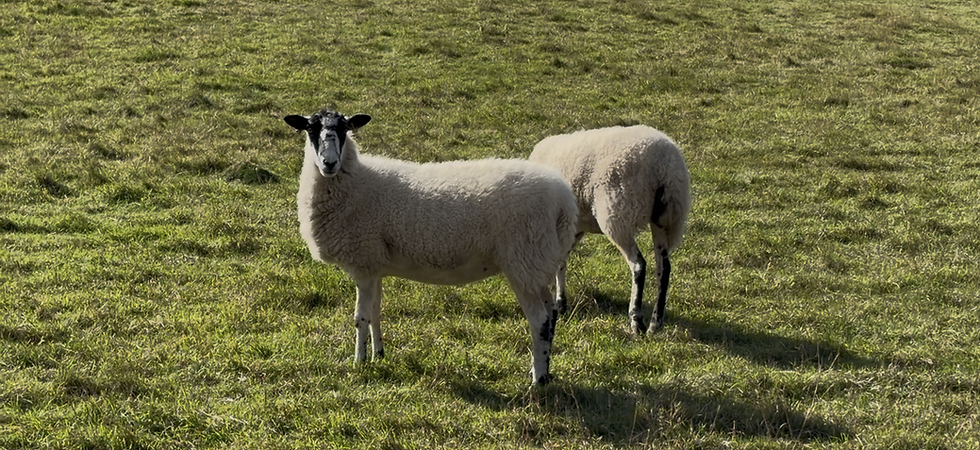TURING PATTERNS
- kradiganscience24
- Oct 17, 2024
- 3 min read
Tavishi
I generally really enjoy calculus and the more fun bits of math, but when calculus meets biology, I've met the sweet spot- ie, the rapidly expanding field of mathematical biology. Although Alan Turing did much cooler things, his work on morphogenesis (formation of patterns) is what I enjoy the most.
Turing patterns can be found in brain coral, limb development in vertebrates, and leopard spots- all of which I will elaborate on later!
Behold! But first, let's develop a basic mathematical understanding of Turing patterns. Turing patterns are based on two component reaction-diffusion equations; essentially, a mathematical model for how two substances diffuse and react to each other, producing an ordered pattern from virtual chaos.
As this post unfolds, we may get to a point where there is no way for me to particularly explain the math as well as I could to a layman- which is entirely my own fault, but I will do my best!
The general form for a reaction-diffusion equation is:
Translated into an English sentence, this reads: the partial derivative of one component the vector u of the diffusion components is equal to a diagonal matrix of diffusion coefficients (diagonal where all the other spaces are zeroes) times the sum of the partial derivatives of the vector u (Laplacian whoo) plus an additional function R that represents the kinetics specific to the variables itself.
Broken down into more simple terms, a partial derivative differentiates only one of the variables in a multivariable system; for example, here, only the derivative of one of the components of the vector u is measured. This equation measures the movement of only one component at a time in a two component system.
The diffusion coefficients that form the diagonal matrix represented by D essentially are the diffusivity of these components.
Turing patterns are represented by two component systems; take two unique components S (seal) and W (walrus) that form an activator-inhibitor system in which one component can cause the production of both components, and another inhibits production of the other. Let S take the role of activator, and W as inhibitor. When S is produced, it stimulates the production of both Seal and Walrus, but Walrus inhibits Seal.

Based off of the differing parameters of the two components and the system in which the components exist, patterns can form. While the diagram above is very scientifically sound and obviously so much more accurate than the equations below, here's better math that follows the general term described above and shows the activation-inhibition system. (Essentially, what varies is the last two terms, which are part of the R(u) above.)
In this equation above, the variable u is similar to S (seal) and v to W (walrus). In the first and second equations, the second term represents the reaction that occurs between u and v. The third term of the first equation, or F(1-u), represents how our stock of seals, or component u, is replenished. The third term of the second equation represents how many walruses we lose.
If we use the walrus and seal analogy from earlier, if all the walruses exist, they can just sort of infinitely eat the seals and continue to be produced. However, (F + k)v represents how walruses leave an area where it can eat seals.
Now, let's talk about how the biology of Turing patterns. Turing patterns are critical to biological pattern formation.
My favorite example is the pigmentation of the Mbu pufferfish, or the Giant pufferfish! This is the Mbu pufferfish.
Similarly, Turing patterns determine the patterns of SO MANY animals: take the brain coral, or the cheetah, or the leopard seal. Perhaps the most famous of the Turing patterns in biology is one of the ones Turing specifically wrote about- zebra stripes! This was definitely a post a bit out of my comfort zone, but let me know if you enjoyed it- perhaps I will bring more math into my posts in the future!







Comments